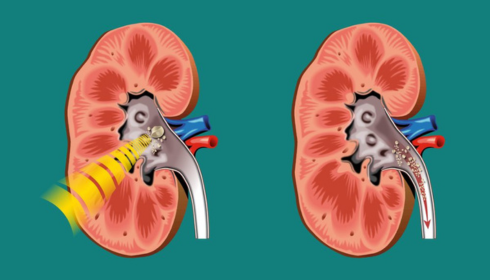Hand surgery, a critical subset of orthopedic surgery, often confounds many. It’s a world of precision, complexity, and artistry. It’s where the mysteries of the human hand meet the expertise of surgeons like those at Benbrook Regenerative Medicine. This blog will demystify the intricate work of these surgeons, who labor tirelessly over the delicate work of hand repairs and reconstructions.
Hand Surgery: Understanding the Basics
The human hand is a marvel. It has a complex structure of bones, joints, and soft tissues. A problem in any part can cause pain, hinder mobility, and disrupt life. Orthopedic surgeons aim to mend these issues and restore normal function.
What Conditions Call for Hand Surgery?
Many conditions can lead to hand surgery. Notable ones include carpal tunnel syndrome, rheumatoid arthritis, and Dupuytren’s contracture. Traumatic injuries, such as fractures and cuts, may also need surgical intervention.
Comparing Surgical Techniques
Surgeons choose techniques based on the patient’s condition. Some common procedures are:
- Joint replacement (arthroplasty)
- Fusion (bones are fused together)
- Decompression (relieving pressure on the nerve)
Recovery and Rehabilitation
Recovery is a crucial part of the process. It often involves physical therapy. Patients work on strengthening their hands and restoring their range of motion.
Conclusion
Hand surgery can seem bewildering. But understanding its basics can help bring clarity. It’s a discipline that combines surgical expertise with a deep understanding of the hand’s anatomy. The result? The potential for patients to regain hand function and return to their normal lives.
I hope this blog has helped decode the complexities of hand surgery. And remember, while it might seem daunting, the goal is always to help patients regain their mobility and independence.




